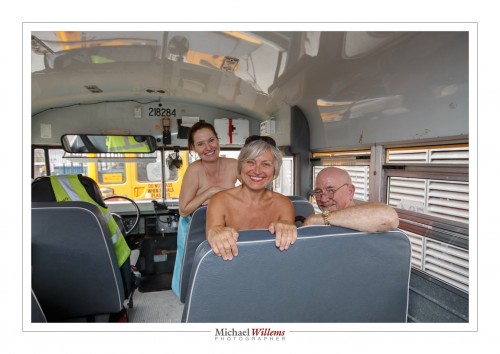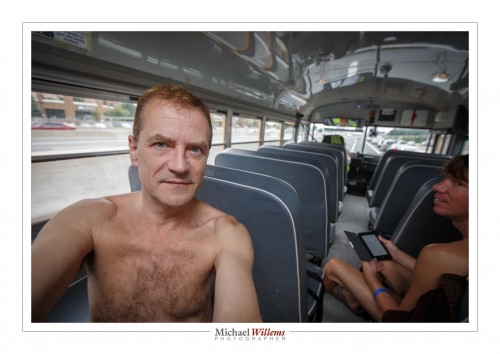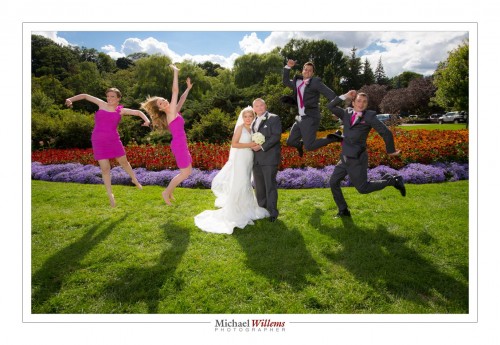I spent yesterday shooting portraits. And here is my test shot:
Why “a test shot”?
For outdoor portraits, I set up a single softbox. I check my ambient light and underexpose that slightly: I start with 100 ISO, 1/250th second, then see what aperture that needs. Then I set my flash to the desired brightness to give me that aperture.
But then I do one single test shot – that is all I need. I check:
- Is the background dark enough? (*)
- Is the foreground bright enough? (*)
- Do I see a catch light?
- Are glasses free of reflections?
- Are the shadows in the right places?
(*) I judge this by means of using a Hood Loupe, and/or using the histogram, and the “blinkies”. Not just visual inspection of the rear LCD in bright sunlight!
Of course here since I am holding the camera and a pocketwizard, my expression and the composition are not quite right, but that is not the point. The light is right.
And provided I do the setup right, one test shot is all I need.
Come to NSI to learn more – Sunday-Thursday next week!













